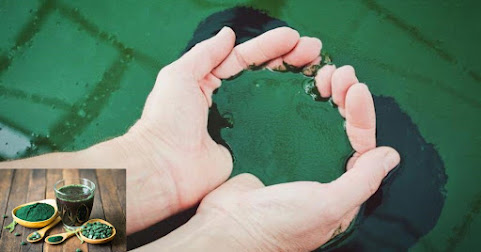Challenges and Solutions in Scaling Spirulina Farming for Mass Production
Scaling up spirulina farm from small-scale to mass commercial production comes with several challenges that, if not addressed, will hamper the sector’s growth. These challenges range from the labor-intensive processes of cultivation using traditional practices, to maintaining consistency in the products and their quality and complying with the higher international standards. Some of these barriers can be addressed, such as these include implementation of new technologies that promote labor productivity, compliance with international edible grocery safety, and quality control.
Challenges in Scaling Spirulina Farming
- Labor-Intensive
Traditional Farming Methods - One of the most important issues
regarding the production
of spirulina on a large scale is how labor-intensive the process of production
through traditional farming methods is. As it occurs in nature, spirulina
grows in shallow ponds and its cultivation, harvest, and post-harvest
processing are very often low mechanized and mostly manual. Heavy reliance
on manual labor can give rise to inefficiency since the process is tedious
and hampers mass production. Workers have to carefully watch algae as they
grow, harvest it by hand, and often dry it using primitive methods thus
making mass production impossible.
- Contamination
Risks - Being an actively sensitive organism, spirulina has
environmental requirements that need to be met for it to grow
successfully. One of the greatest problems when mass-producing is the
threat of other algal species, bacteria, or heavy metals which tend to
lower the original product’s quality and safety. The open pond systems
customarily employed in the cultivation of spirulina are having a high
propensity for contamination as the environment is exposed which leads to
uncontrolled conditions.
- Inconsistent
Quality - Another bottleneck while expanding the scope of spirulina
cultivation is ensuring quality control. There are several factors
that affect the quality of spirulina including the water conditions during
growth and the methods of harvesting and processing. Water quality,
temperatures, or quite simply, sunshine amount leads to varying end
products about nutrients, colors, and tastes.
- Compliance
with International Standards - Spirulina sells across the world. Every
region or country has its unique standards, rules, and regulations
concerning the manufacturing and marketing of foodstuffs. Farmers growing
spirulina to enhance the exportable products must conform to Good Manufacturing
Practices (GMP), Hazard Analysis and Critical Control Points (HACCP), or
other related international food safety norms. In this regard, these
standards guarantee that the spirulina which is produced does not have any
health hazards and is uncontaminated.
Yet, these international requirements can be an elaborate
and expensive affair for farmers. Building the relevant infrastructure,
training people, and acquiring the relevant certifications requires a hefty sum
and may prove to be a barrier to small-scale farmers aiming to venture into
wider markets.
Solutions to Overcome Challenges in Scaling Spirulina
Farming
- Adopting
Advanced Technology - Changing the traditional methods of spirulina
farming which are labor-intensive today, will need the incorporation of
modern technology. This will mitigate the costs of labor and allow for
increased production and maintained quality through mechanized harvesting
methods and improved drying technologies. With more technology in farming,
farmers can upscale their businesses while maintaining quality and
markedly cutting down the costs of production. Increased efficiency of
spirulina farming operations not only puts it at an upper hand over its
competitors but also makes it more scalable.
Want to learn more?
Explore the remaining solutions, including how advanced farming techniques can
revolutionize spirulina production, strategies to mitigate contamination risks,
and tips for ensuring global compliance standards. Visit
Our Blog to read more information.




Comments
Post a Comment